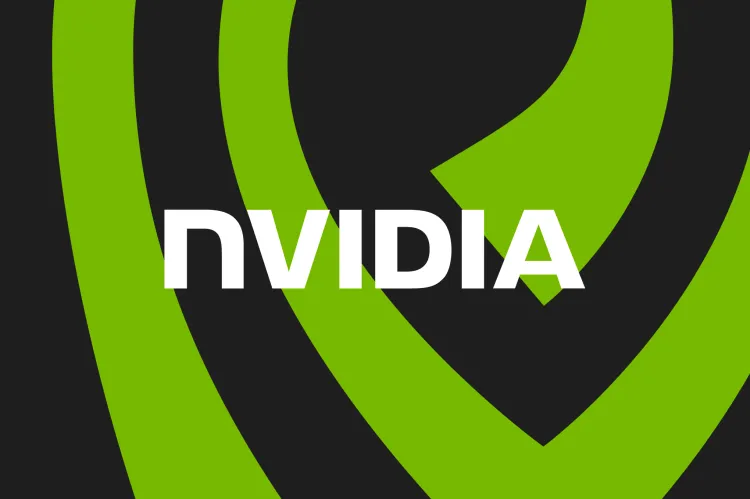What DeepSeek accomplished with R1 could affect Nvidia’s fortunes.
Nvidia is making bold claims about its latest RTX 50-series GPUs, positioning them as the fastest consumer hardware for running DeepSeek AI’s open-source models. According to the tech giant, its new GPUs can “run the DeepSeek family of distilled models faster than anything on the PC market.” While this is impressive on paper, Nvidia’s announcement may be missing a more critical underlying trend in the AI industry.
The Bigger Picture: DeepSeek’s Disruptive AI Approach
Nvidia’s statement comes at an interesting time—just days after its market cap suffered the largest single-day loss in U.S. history. The cause? DeepSeek’s groundbreaking AI model, R1, which has sent shockwaves through the industry. Unlike many high-performance AI models that require Nvidia’s cutting-edge GPUs, DeepSeek’s R1 model can deliver results comparable to OpenAI’s o1 while running on significantly less powerful hardware. This innovation allows DeepSeek to train models at a fraction of the cost typically associated with high-end AI development.
This revelation raises an important question: If high-powered Nvidia chips are no longer necessary for AI breakthroughs, what does that mean for the company’s dominance in the AI hardware sector? Investors are certainly concerned, as Nvidia’s stock took a major hit following DeepSeek’s announcement.
Nvidia’s Countermove: Pushing the RTX 50-Series for AI Inference
Despite DeepSeek’s cost-efficient approach, Nvidia isn’t sitting idle. In its latest blog post, the company highlights that its RTX 50-series GPUs, powered by the new Blackwell architecture, are optimized for DeepSeek’s models—specifically for AI inference, the process where trained models generate outputs. Nvidia asserts that its GPUs provide “maximum inference performance on PCs,” making them a compelling choice for developers and researchers who want to run DeepSeek models efficiently on consumer hardware.
However, Nvidia’s emphasis on inference rather than training seems strategic. DeepSeek trained its models on Nvidia’s data center-grade H800 GPUs—hardware that Nvidia is still allowed to sell in China despite U.S. export restrictions. While these GPUs aren’t as powerful as Nvidia’s flagship chips, DeepSeek’s success suggests that AI innovation no longer hinges solely on the most cutting-edge hardware.
The Global AI Landscape: Competition Heats Up
DeepSeek’s success has also drawn interest from other tech giants. Amazon Web Services (AWS) now offers R1, while Microsoft has made it available on Azure AI Foundry and GitHub. This widespread adoption further cements DeepSeek’s influence in the AI space and hints at a future where AI development is less dependent on Nvidia’s proprietary hardware.
Meanwhile, Nvidia faces another potential challenge. Bloomberg reports that Microsoft and OpenAI are investigating whether DeepSeek used OpenAI data in developing R1. If any wrongdoing is found, it could add a layer of legal complexity to DeepSeek’s meteoric rise.
What’s Next for Nvidia?
Despite the market jitters, Nvidia remains a formidable force in AI hardware. Its GPUs are still the backbone of AI research, and its RTX 50-series offers powerful capabilities for consumer-level AI applications. However, DeepSeek’s advancements signal a shift in the industry—one where cost-effective AI models could challenge the need for top-tier Nvidia hardware.
Whether Nvidia can maintain its dominance in the AI sector will depend on how well it adapts to this changing landscape. For now, the company is doubling down on the narrative that its GPUs are still the best choice for AI workloads. But as DeepSeek has demonstrated, powerful AI doesn’t always require the most powerful hardware—a reality that could reshape the industry in ways we’re only beginning to understand.










